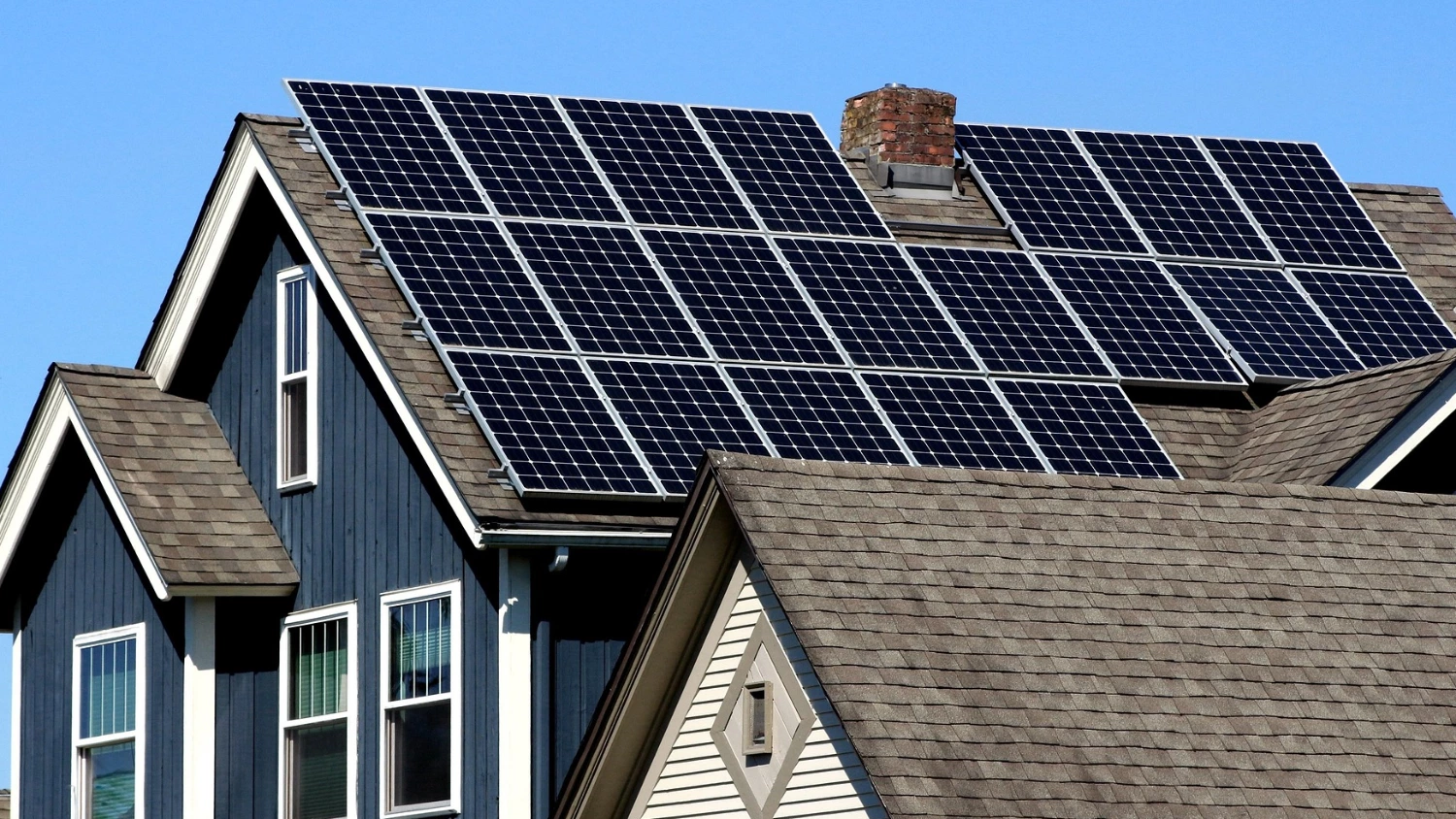In 2024, Romania's economy is expected to continue its growth trend, but at a more moderate pace. Though economic growth will be under the potential, like in the rest of Europe, iBanFirst forecasts that GDP growth will reach 2.7 % in 2024 after 2.0 % last year. This will be mostly driven by public investment and private consumption. In the current macroeconomic environment, this is an honorable performance.
”Looking ahead, we remain optimistic about the Romanian economy. We think GDP growth could stabilize around 4% per year on average in the coming decade. This is lower than in the past. But this is explained by a lower global growth momentum. Most of the economies will likely run under their potential in 2024 and beyond,” says Alin Latu, Country Manager iBanFirst Romania.
Fortunately, a lot has already been done. In the last ten years, the average net income has tripled. What is even more striking is the rise in the fertility rate. While it has decreased sharply in most of Europe, in Romania it has gone from 1.3 to 1.8 since 2000. Usually, this boosts the economy.
The elevated deficit is iBanFirst's biggest worry in the long run. Romania's GDP budget deficit is at 5.6 %. Czechia, with an economy similar in size to Romania, is running a ~3% GDP budget deficit. Until now, foreign investors haven't paid much attention to this issue. But this is a ticking bomb for the economy and the next government should put all the efforts to lower it significantly.
The fight against inflation is far from over
The January CPI figures were a hard reminder how difficult and bumpy the fight against inflation is. The headline jumped to 7.4% due to broad-based price pressures. iBanFirst analysts especially worry about the strong services inflation, its potential ripple effects on wages and likely fiscal easing ahead of the elections. They believe inflation will hover around 5% at the end of this year and will only get back to the central bank's target of 4% in 2026. This clearly reduces the scope of rate cuts, at least for this year.
Should the economy show worrying signs of weakness, analysts think the central bank will prefer using the levy of the interbank liquidity rather than cutting rate. Right now, the interbank liquidity is hovering close to record-breaking which basically results in a policy easing outcome with little negative side effects on the inflation trajectory.
iBanFirst anticipates that the easing cycle will start later and will be less aggressive than expected. Analysts aim for a first cut in May with a terminal rate at 6 % this year against 7 % now.
Evolution of the RON against the EUR and USD
FX-wise, iBanFirst analysts are aligned with the consensus for the EUR/RON, forecasting the cross will evolve in a tight range for most of the year, between 4.99 and 5.02. This is the year of stability.
The same cannot be said for the USD/RON. The money market expects the USD will start a bearish cycle from Q2 onwards on the back of Fed easing, low US productivity and dedollarisation. What is happening in the FX market does not fit the narrative. Since January, investors have unwound Nov/Dec's pricing of early rate cuts across the world, reversing the fall in the dollar. The greenback is well-placed to perform well this year.
Geopolitics is a key driver behind the strength of the dollar. But there is more. The US economy is very resilient and contrary to what the bears were expecting, the US productivity is back and strong. In Q4 2023, productivity was up 3.2% while in the EU it is still negative. Therefore, iBanFirst expects the rise of the USD/RON to last for most of the year. The US presidential election will induce more volatility than usual, but they doubt this will reverse the dollar gains. YDT, the USD/RON is up 2.60 % at 4.60 and the expected price target is 4.80.
Key dates this year
March 2024: Romania and Bulgaria will join the EU's passport-free Schengen zone for air and sea travel, while an opening of land borders will be discussed in the coming year.
Spring 2024: The European Commission in depth review (IDR) of macroeconomic imbalances report will be published for Romania.
Spring 2024: After 19 years of closure, an important Romania-Bulgaria rail link will be re-established. The contract is worth over €130 million to restore traffic flow.
3-14 June 2024: Ramstein Legacy NATO drill in Romania and Bulgaria. This is NATO's large-scale live-fire air defense exercise. This particularly matters in the context of the Ukraine war.
06-09 June: European election. The center right European People's Party (EPP) will likely remain the leading party in the European Parliament. The National Liberal Party – Romania's second largest party and member of the ruling coalition - is a member of the EPP.
Local (foreseen in September), presidential and parliamentary (foreseen in November-December) elections: The base case is that the current grand socialist-liberal coalition will continue to form the government after the elections. However, the balance of power will likely skew more heavily towards the socialists. The far-right party Alliance for the Unity of Romanians could gain more ground in these elections. According to recent polls, they could gain around 20 % of voters' support.








